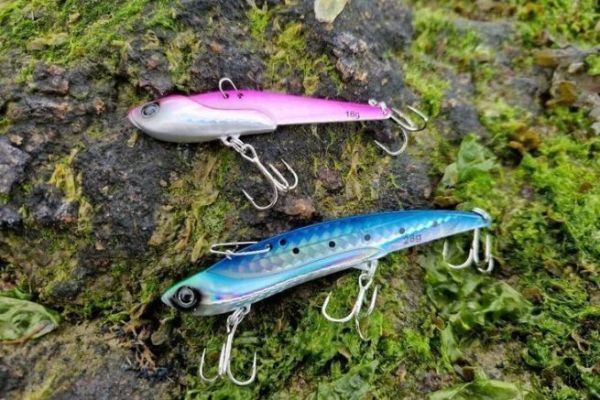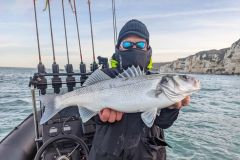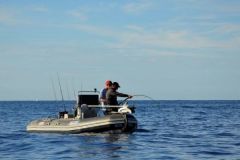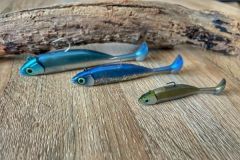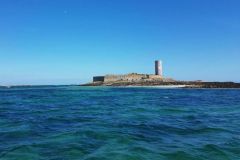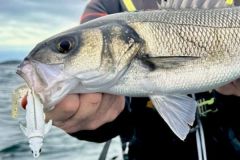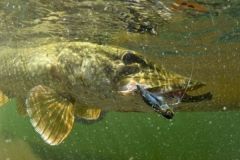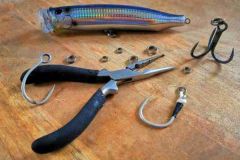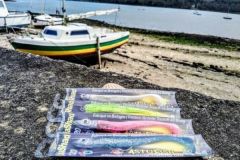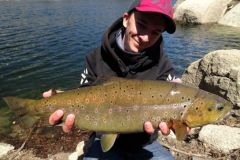Although I had no doubts about the effectiveness of vibrating blades at sea, having already used them successfully, I wanted to test this new product, whose finish and price are particularly attractive!
Let's start with the conclusion: this blade does the job it was designed for without any problem and will undoubtedly allow you to catch sea bass, but also mackerel, horse mackerel or pollack... The difficulty will be in selecting your target. Let's face it, this vibrating blade will bring in fish, but it will bring in everything, and it's hard to know who's attacking you with every strike! Efficiency is therefore its first advantage, but there's more to this blade than that!
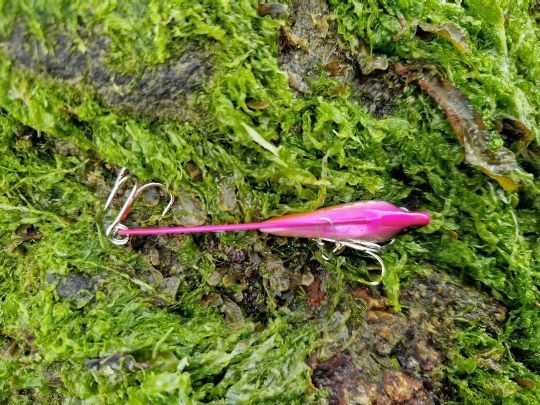
Throws itself far
The strong point of this vibrating blade, like all metal lures, is that it is dense and can therefore reach very long casting distances. This characteristic is essential when you're hunting from afar, for example, or fishing from the shore. For the latter, use the 75 mm, 18 g model, which will sink more slowly into the water. If the area is particularly shallow, a high retrieve will enable you to move your lure higher up.
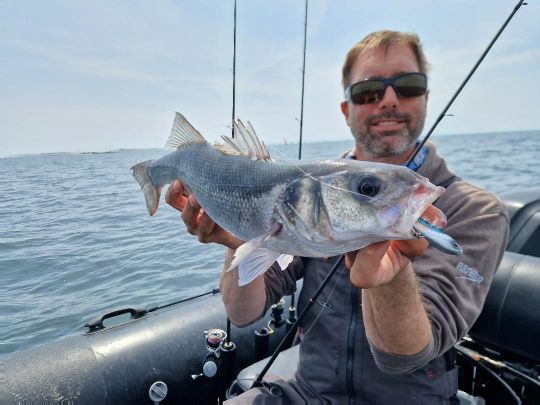
Strong vibration
Just like its cousin, the Salt Spin Tail, the Crazee vibrating blade produces significant feedback in the rod. This makes it easy to identify if it's swimming well and at what speed, and these vibrations make your lure identifiable and locatable from a distance by predators.

Fast fishing
A dense lure that vibrates strongly is often a lure that excels in powerfishing. This is where the blade really comes into its own! Cast and retrieve fast to beat the ground! The Metal Vib supports very high animation speeds, allowing you to fish spots fast and multiply areas. Its vocation is clearly to locate and catch active fish, so don't hesitate to multiply areas and prospect them quickly to increase your chances of a catch.
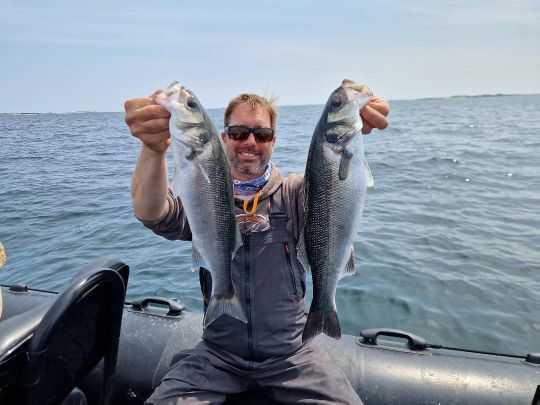
Easy to use
Metal Vib is therefore very easy to use, and a simple linear movement on the reel will allow you to record hits.
You can fish shallow areas with a quick retrieve on the reel as soon as it hits the water, or let it sink to the bottom in deeper areas to cross the entire water column diagonally.
Finally, if activity is reduced, pull-fishing with slower descent phases is also possible and effective.
